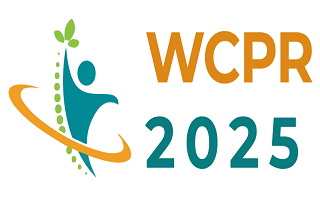WCPR 2025

Chonnam National University, USA
Title : Regional differences in the characteristics of the centenarians and near-centenarians in Korea
Abstract:
This study aims to
compare the health-related characteristics of centenarians living in urban,
suburban, and rural areas of Korea. A total of 228 centenarians (aged 95 or
older) from Gwangju (urban), Hwasun (suburban), and Gurye, Gokseong, Sunchang,
and Damyang (rural) were included. Data on sociodemographic characteristics,
chronic diseases, physical, mental, and cognitive functions, and activities of
daily living (ADLs) were collected through semi-structured interviews. The
centenarians living in urban areas had higher weights and BMIs than those in
the other groups, although both were within the normal range. In physical
activities, the suburban and rural groups had a longer time and wider range of
activities compared to their urban counterparts. Additionally, suburban
centenarians showed better performance in 2 activities of daily living (ADL)
items (personal hygiene and dressing), but performed less well in 1 item (using
the phone). The urban group had an average of 2.8 chronic diseases, which was
higher than the other groups. Self rated health status, the Geriatric
Depression Scale and cognitive function showed no significant differences.
The results show that centenarians living in suburban and rural areas are more
physically active and have fewer chronic diseases. Suburban and rural areas
have a higher proportion of centenarians than urban areas, suggesting that
maintaining daily physical activity is associated with longevity.
Biography:
Rooji Lee completed his Master's degree at the age of 25 from Chonnam National University and is currently serving as a Clinical Assistant Professor at Chonnam National University Hospital, Hwasun. He is conducting research on centenarians in Korea as part of the Korean Centenarian Study Group.
